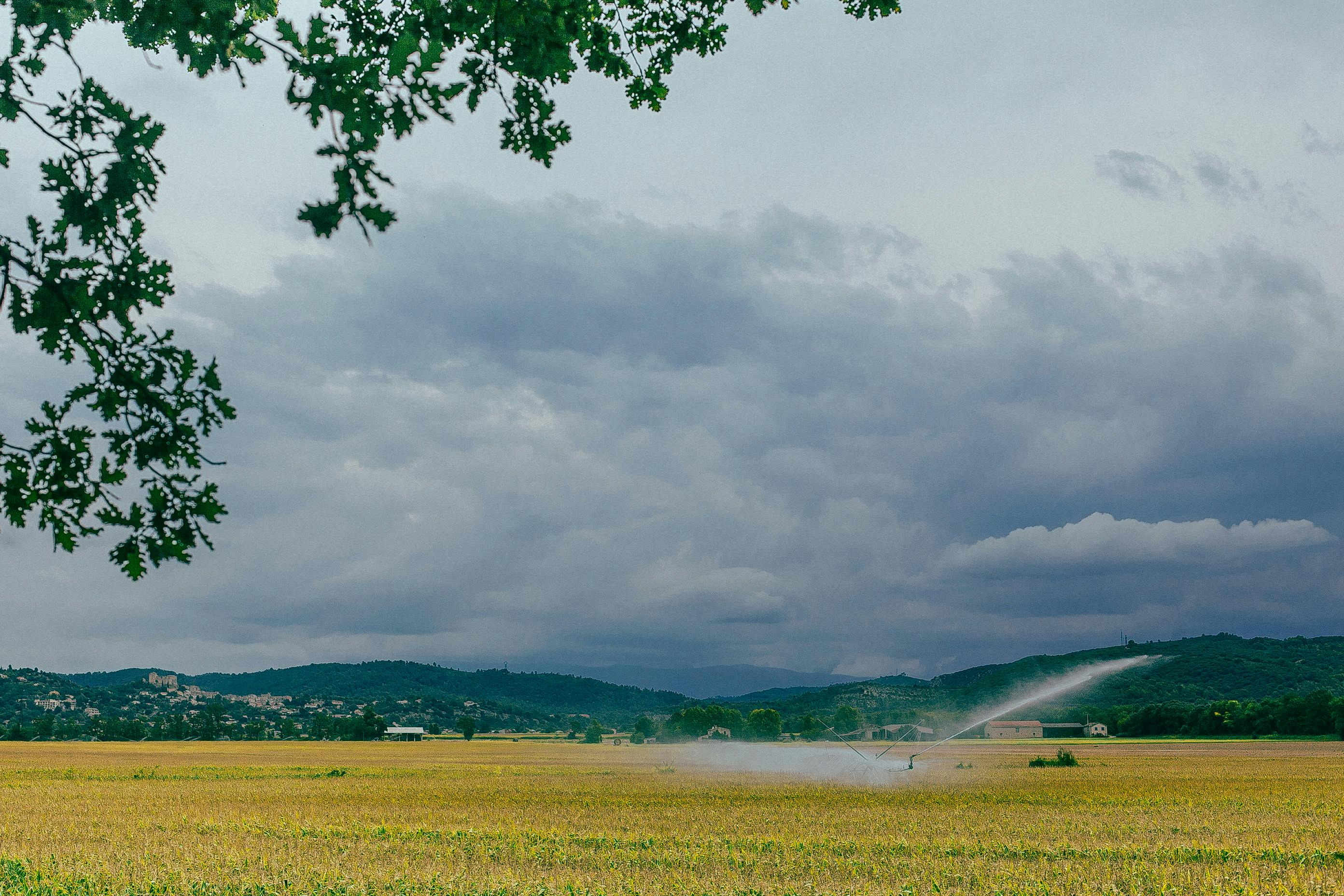
The Rise of Green Building Trends Today
The green building trend that has taken hold in the US in recent years, and surprisingly, is evolving to a whole new level. Whereas before, when there were only a few green real estate developments, today this trend in sustainable development has also spread to entire communities and neighborhoods.
The west coast city of Portland has long been well known as an innovator in urban design, particularly for its transit-oriented developments, and is noted for being among the pioneers of green building and design.
Single-family homebuilders are now joining the trend
The basic principles behind green building—buildings that save energy and water and have features that emphasize the natural over the chemical, the recycled over the new, and the renewable over the finite—have now firmly become mainstream.
According to real estate and environmental consultants, today’s large developers are slow to move, but still see a use of green designs and materials in green construction. Even in the suburbs, which are home to large single-family homebuilders, there is much more interest from consumers. In a March 2006 McGraw-Hill Construction survey, he predicted that green building would reach a “tipping point” in 2007, with two-thirds of American builders building greener homes.
Why Home Builders See the Need to Go Green
Homebuilders and property developers are not simply following the green building trend simply because they feel it is the right thing to do. The housing and development industry knows that it cannot afford to be left behind. By 2007, at least 6% of the nation’s nonresidential construction, which accounts for a slice of the $15 billion industry, is expected to be green, according to green building experts, up from less than 1 six years ago. %. . More real estate developers are discovering that the use of green building materials and technologies adds no more than 1% to 2% to total costs, an area that is easily recouped through energy savings.
Offering incentives for developers to go green
Currently, the federal government, 15 states and 46 cities require new public buildings to fully comply with the US Green Building Council’s LEED (Leadership in Energy and Environmental Design) standards, which require the use of non-toxic building materials, among others. things.
Four states and 17 cities now offer incentives for LEED-rated private buildings. The Green Building Council has certified nearly 550 buildings across the country since 2002, and recent developments have embraced green standards by creating greener multi-structure projects, such as South Waterfront in Portland, Oregon. The Green Building Council is also working on creating LEED standards for single-family homes.
The corporate world was the first to see the value of going green that goes far beyond saving energy. Businesses and companies now notice less absenteeism among workers, less time lost to asthma, allergies, and other illnesses aggravated by mold, stale air, and chemicals found in many conventional buildings.
Yet for big corporations like Ford, Bank of America, Target, Toyota, Honda, Starbucks, Adobe and others, going green was also about building an image, as well as cleaning up the environment and cutting costs. Many corporate giants know that in addition to creating an image, the products they make must also be eco-friendly, along with their manufacturing processes and factories.
http://realestatepr.org – Real Estate Public Relations